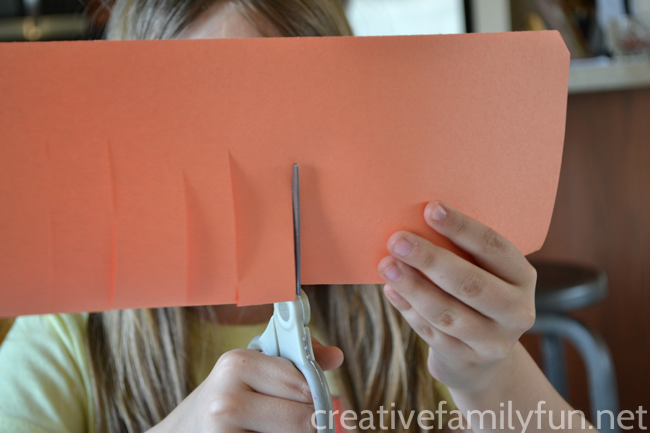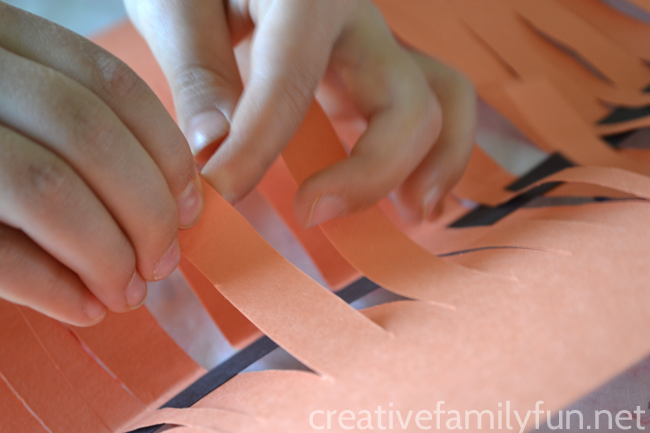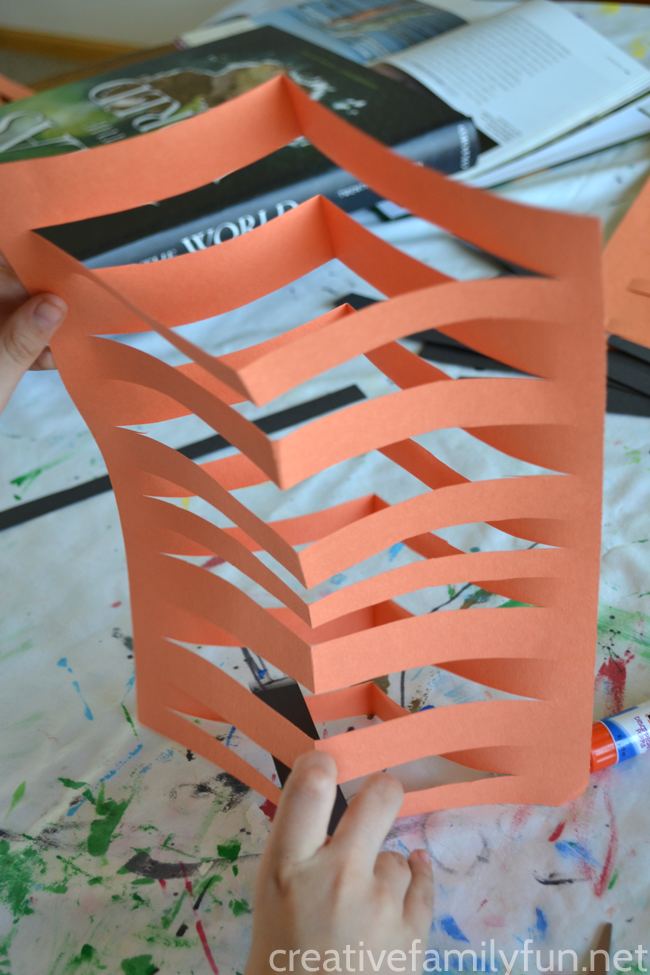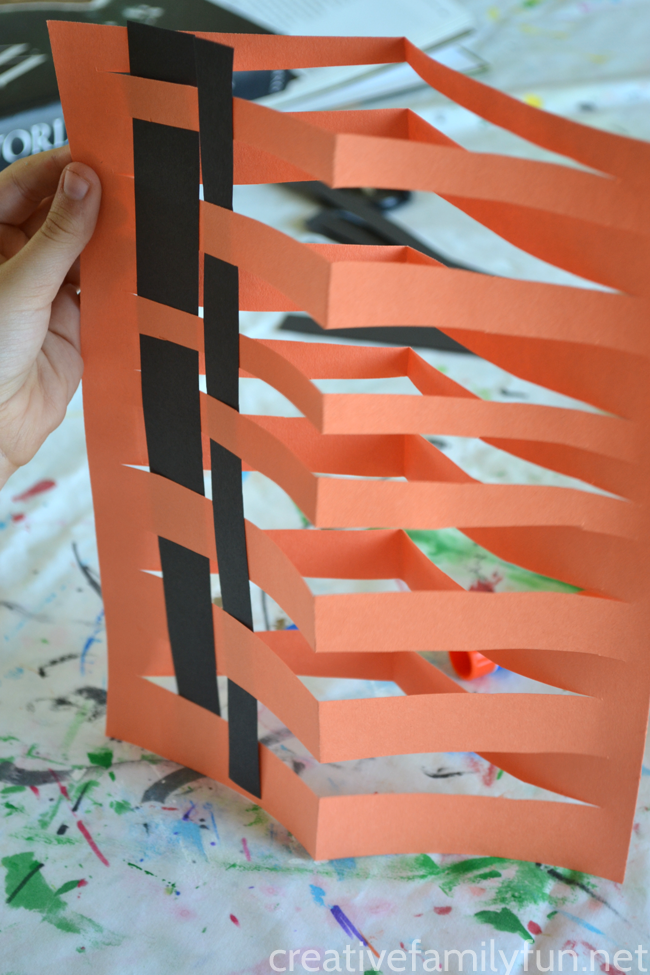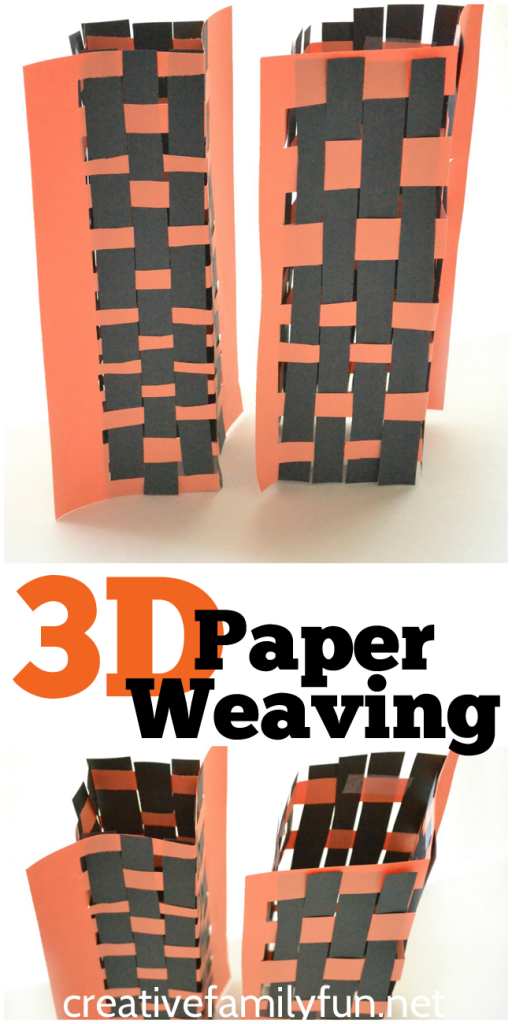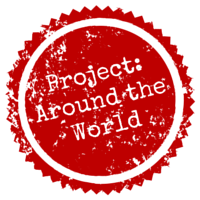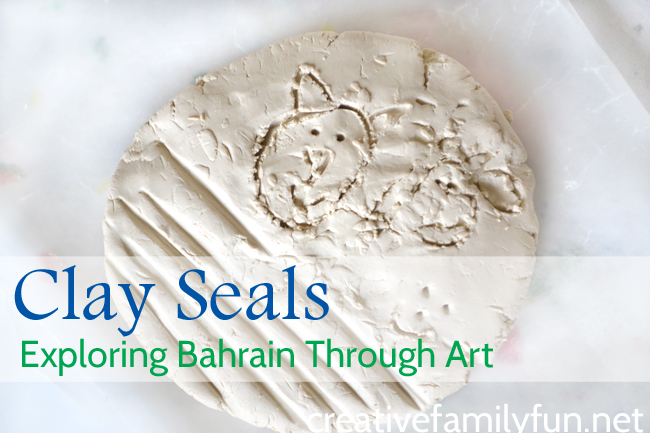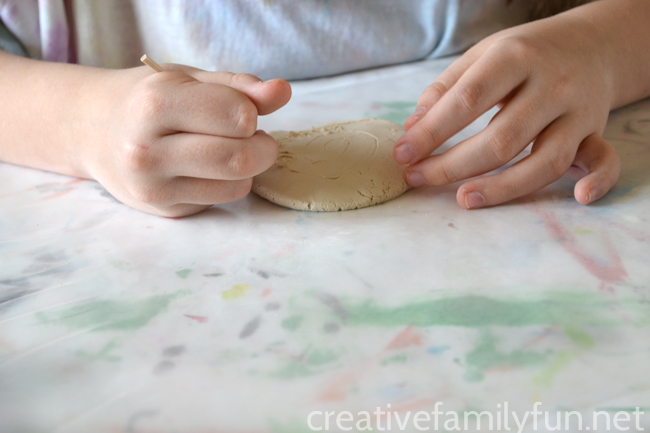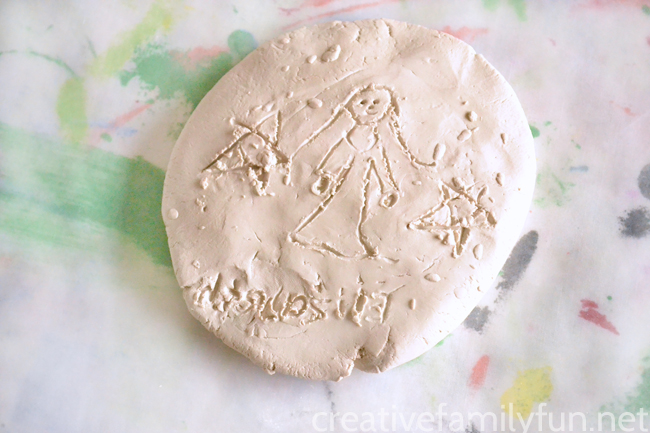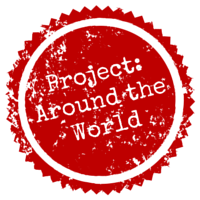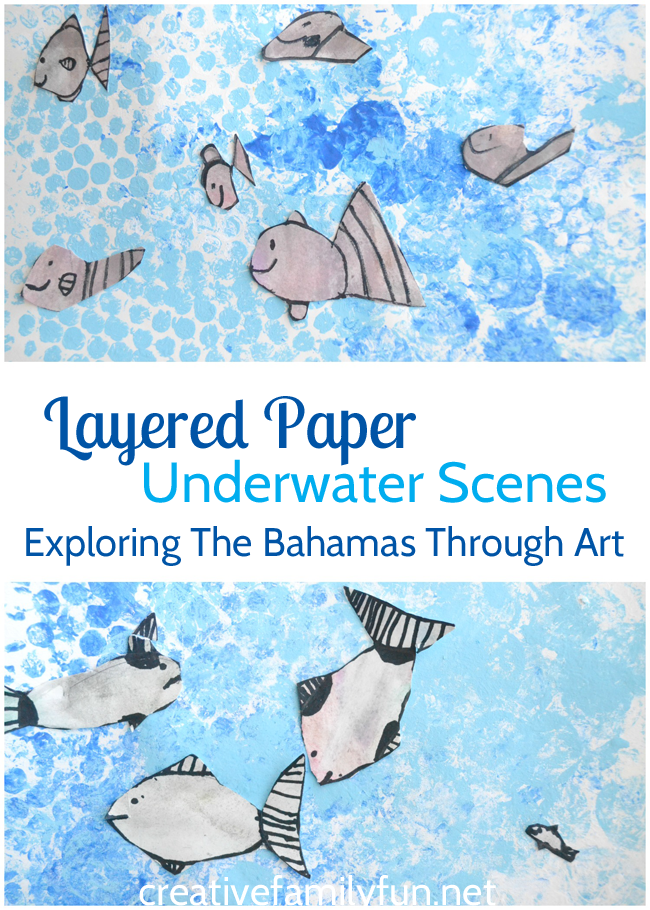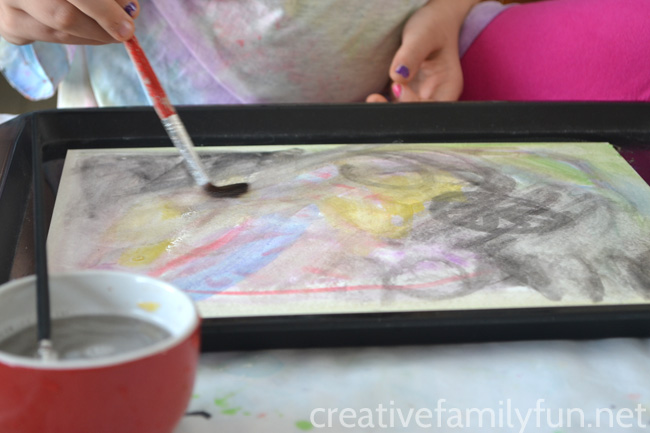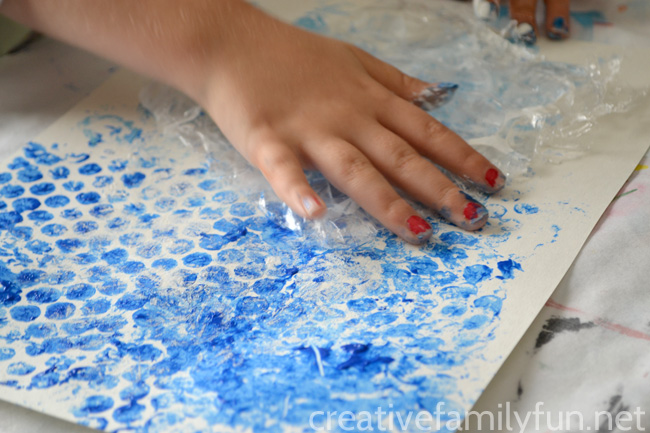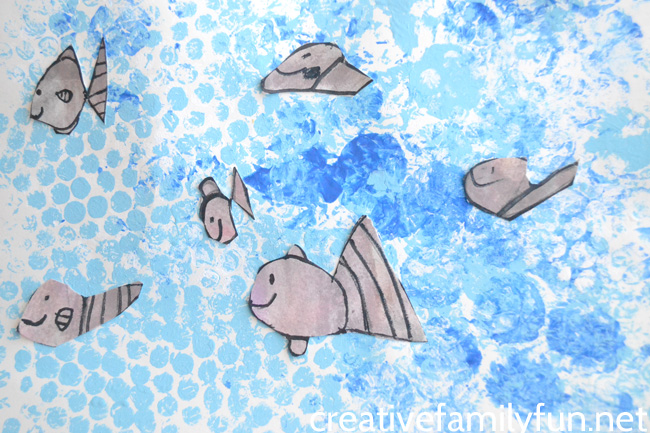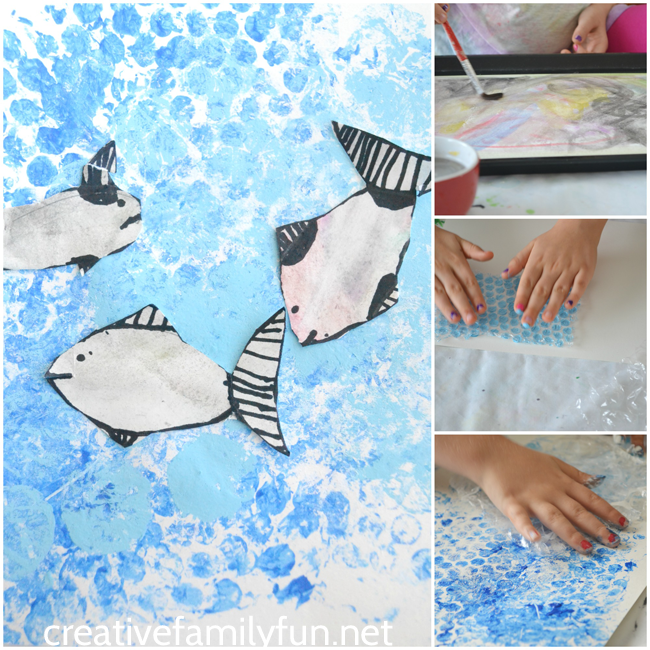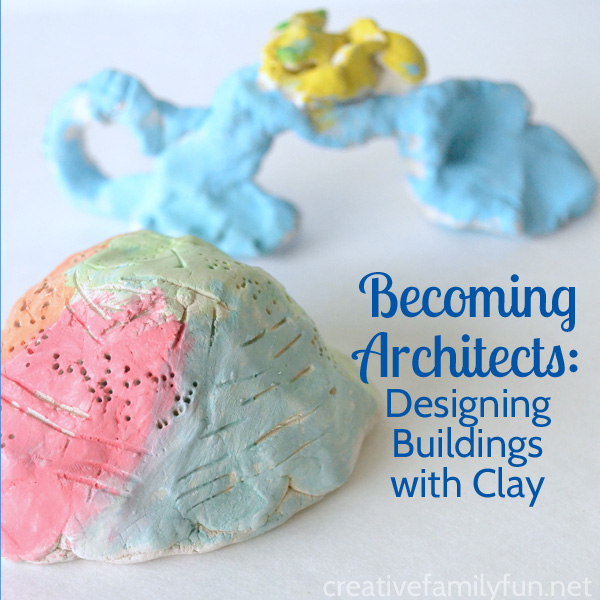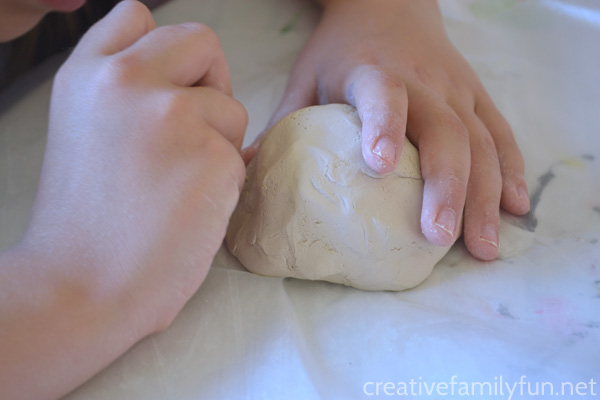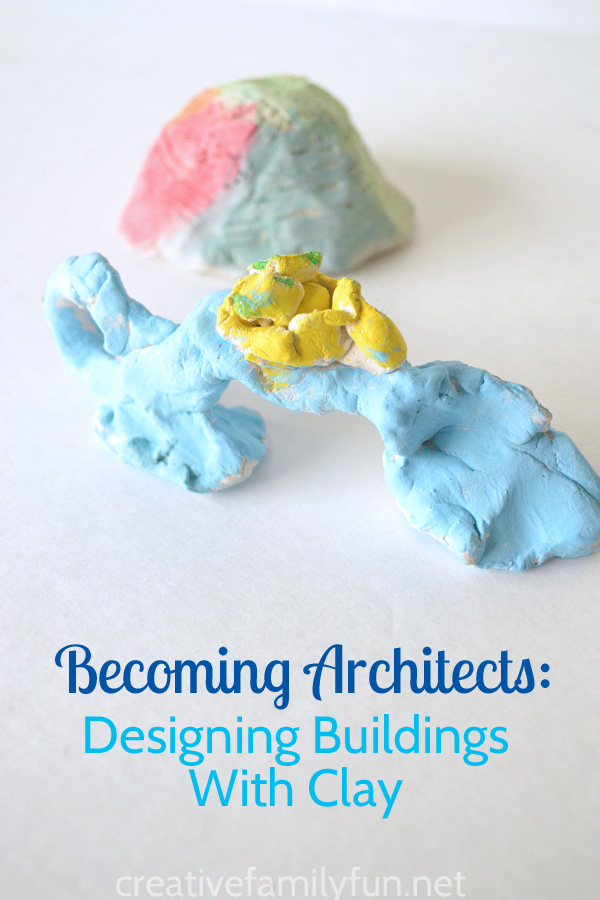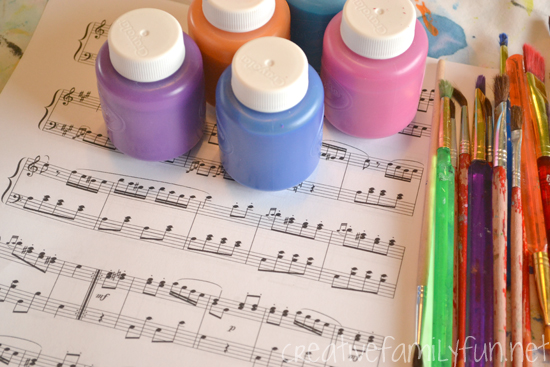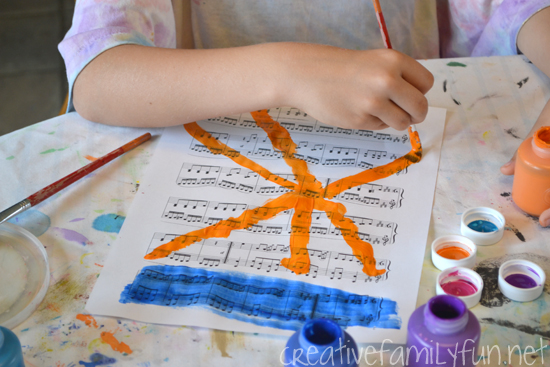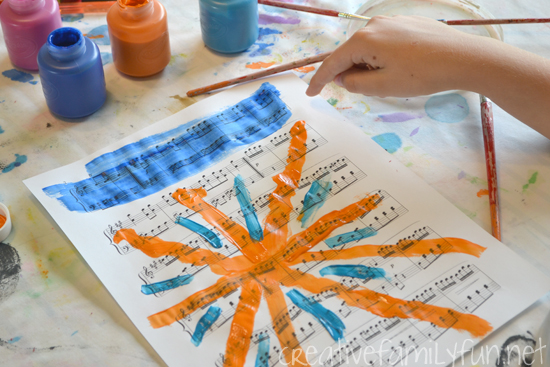Inspiration for Project: Around the World can come in many places.
Sometimes we look at traditional (and very useful crafts) and at other time we look at famous artwork. We’ve been inspired by architecture, nature, and archaeological findings.
When we started learning about Bangladesh, we took our inspiration for our project from a once common but now endangered native animal, the royal Bengal tiger.
We combined the traditional craft of weaving with the rich colors of the Bengal tiger for our art project inspired by Bangladesh: 3-D Paper Weaving.
About Bangladesh
Bangladesh is a small Asian country. It’s located on the east side of India. In fact India borders Bangladesh on the west, north, and east. Myanmar (formerly Burma) shares a small portion of the southeastern border. The Bay of Bengal is along the southern border. (You can see Bangladesh on a map here.)
Bangladesh is a very poor country. Because of its flat land and many waterways, it often suffers during monsoon season. Despite the harsh conditions for humans, nature thrives, it’s colorful, lush, and home to many diverse animals.
Disclosure: This post contains Amazon Affiliate links. Please see my Disclosure Page for more details.
Supplies needed:
1 piece orange construction paper
2 pieces black construction paper
Scissors
Tape or glue stick
How to get started
I had originally planned a simple paper weaving project. But, as I played around a bit, the idea of 3-D paper weaving came to fruition. It was a more difficult project than we’ve done in the past, but through trial and error (and some frustration) we came up with a fun project with awesome results.
You start the same way as you would a traditional paper weaving project. Fold the orange piece of paper in half vertically. Start at the folded edge and cut strips. You don’t want to cut all the way through to the ends. Stop about 1 to 1-1/2 inches from the edge.
Next, cut the black construction paper into long strips. The strips should be the length of the longer side of the paper. You will be weaving vertically.
3-D paper weaving
Now it’s time to transform your orange paper from a flat piece of paper to a 3-D piece of paper.
Go along your orange paper and reverse the direction of the crease of every other strip. You’ll want each strip to go in opposite directions. You can get a good look at what I’m talking about in the picture above.
Once you have all your creases made, you should be able to stand your orange paper up on it’s end. It will look like a rectangular box just like the one in the picture above. It will be very floppy and not stand up by itself at this point.
Note: We did discover that the wider you cut the orange strips, the sturdier the rectangular box would be.
Now, it’s time to start paper weaving. Keep your orange paper in the 3-D form. Next, take a black strip of paper and start from the top. Weave over and under until you reach the bottom.
Keep going all the way around your rectangular box alternating the weaving as your go. (See above). As you go around your box, you’ll notice that the box will keep getting sturdier and sturdier.
Once you’re done, glue or tape the ends of the black strips. If you don’t do this, your strips will not stay in place.
The weaving step was the hardest and most frustrating part for the kids. We found that things moved much smoother if someone would hold the orange paper up while the other person weaves. It takes some perseverance. I would not recommend this for a group of preschoolers. It’s more suited for your elementary-aged kids. Also, this is not a quick project. Take your time and have some fun!
Once we had everything done and all the ends either glued or taped, our 3-D paper structures were able to stand on their own.
You can find inspiration anywhere
While no one would guess at first glance that this project was inspired by Bangladesh, each part was inspired by something we read. The weaving was inspired by the traditional craft still practiced to this day and the colors were inspired by the Bengal tiger, a native animal that has always been important to Bangladesh. Inspiration can come from many areas and it’s fun to combine a couple of areas of inspiration into one new art project.
Note: We found the book Bangladesh, Enchantment of the World by Tamra B. Orr to be a valuable resource for learning about Bangladesh. Check your local library for a copy.
You may also like one of these fun projects:
Illuminated Manuscript Initials: Exploring Armenia Through Art
Clay African Baskets: Exploring Angola Through Art
Watercolor Tiles: Exploring Afghanistan Through Art
Project: Around the World
Thank you for following along during our artistic journey around the world. To find all our projects so far, please click here or on the image below.

